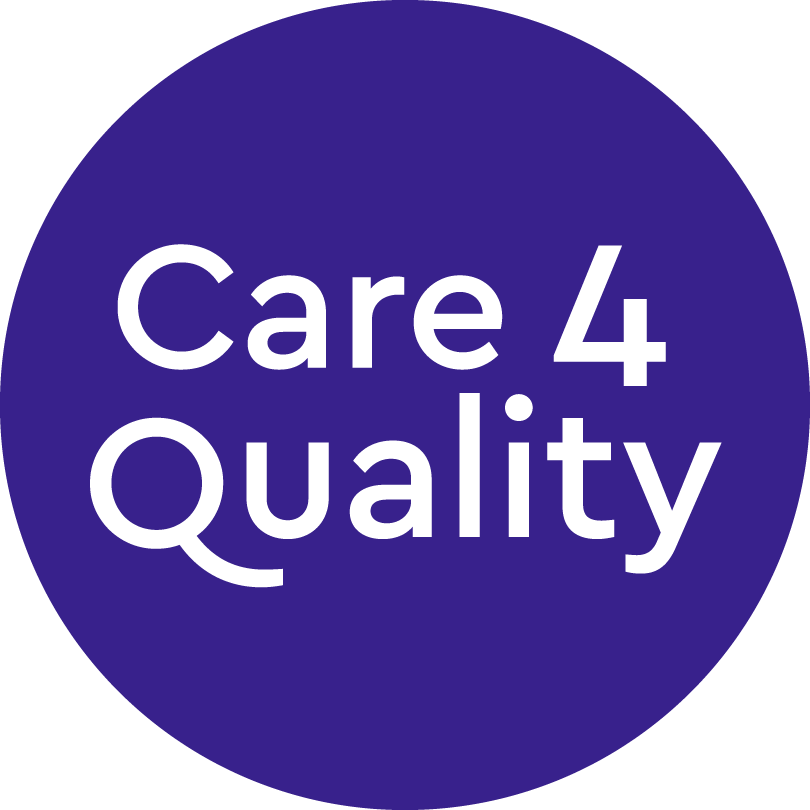As many of you are likely aware, the Care Quality Commission (CQC) is on the verge of transitioning to a new single assessment framework, set to replace the current array of assessment frameworks. This shift represents a pivotal change in how the CQC monitors and evaluates healthcare services. On Friday, September 23rd, 2023, the CQC unveiled further insights into their strategy for gathering evidence within this novel framework, with a primary focus on the quality statements.
Under the new framework, the CQC will employ six distinct methodologies for assessing the quality of healthcare services:
1)People’s experience of health and care service
2) Feedback from staff and leaders
3)Feedback from partners
4) Observation
5)Processes
6) Outcomes
Notably, feedback from stakeholders, encompassing service users, leaders, partners and staff, holds a central role in three of these categories. The heightened emphasis on people’s experiences underscores the significance placed on person-centred care. Gathering such feedback will entail a variety of methods, including surveys, phone surveys, and interviews.
The CQC underlines the enduring value of on-site observations in assessing the quality of care stating “Observing care and the care environment will remain an important way to assess quality.” Such observations will be conducted not only by on-site CQC inspectors and specialist advisors but may also involve external entities like local HealthWatch organisations.
Another critical aspect of the assessment process will involve the review of processes. The CQC defines processes as “Processes are any series of steps, arrangements or activities that are carried out to enable a provider or organisation to deliver its objectives.” This could be a mixture of onsite or remote reviews as they focus on how effective policies and procedures work within a service, reviewing internal governance audits, learning from incidents and reviewing people’s care and clinical records.
The final aspect, outcomes, will focus on evaluating the impact of these processes on individuals who utilise the services. It aims to ascertain whether the delivery of care aligns with the desired objectives.
CQC have advised that each category sets out the types of evidence they want to understand:
- the quality of care being delivered
- the performance against each quality statement.
The number of evidence categories that they will be considering and source of these will be contingent on:
- the type or model of service
- the level of assessment (service, provider, local authority or integrated care system)
- whether the assessment is for an existing service or at registration.
It’s important to note that this information is currently in draft form, with ongoing engagement with providers for feedback. Inspections under the new framework will not commence until these details are finalised.
Although the Care Quality Commission (CQC) has categorized the key components into Quality Statements, the new framework largely retains familiar elements, albeit with new names. The CQC will continue to engage with service users, staff, and other stakeholders, including commissioners, as they have done in the past. Onsite inspections will still be carried out to provide observational evidence, and the CQC will still review essential documents as they have in the past.
As the CQC fine-tunes this framework in collaboration with health and social care providers, we encourage you to explore the detailed assessment criteria and stay informed about these changes by visiting the CQC website:
https://www.cqc.org.uk/assessment/evidence-categories/evidence-categories-sector-groups
For your convenience, we have gathered the information provided by the CQC from their website and organized it into evidence tables. You can access and download these free of charge by clicking here:
We recommend all managers and providers keep themselves up to date on the changes and join the next CQC webinar on Thursday 12th October at 3:30pm. Link can be found here:
